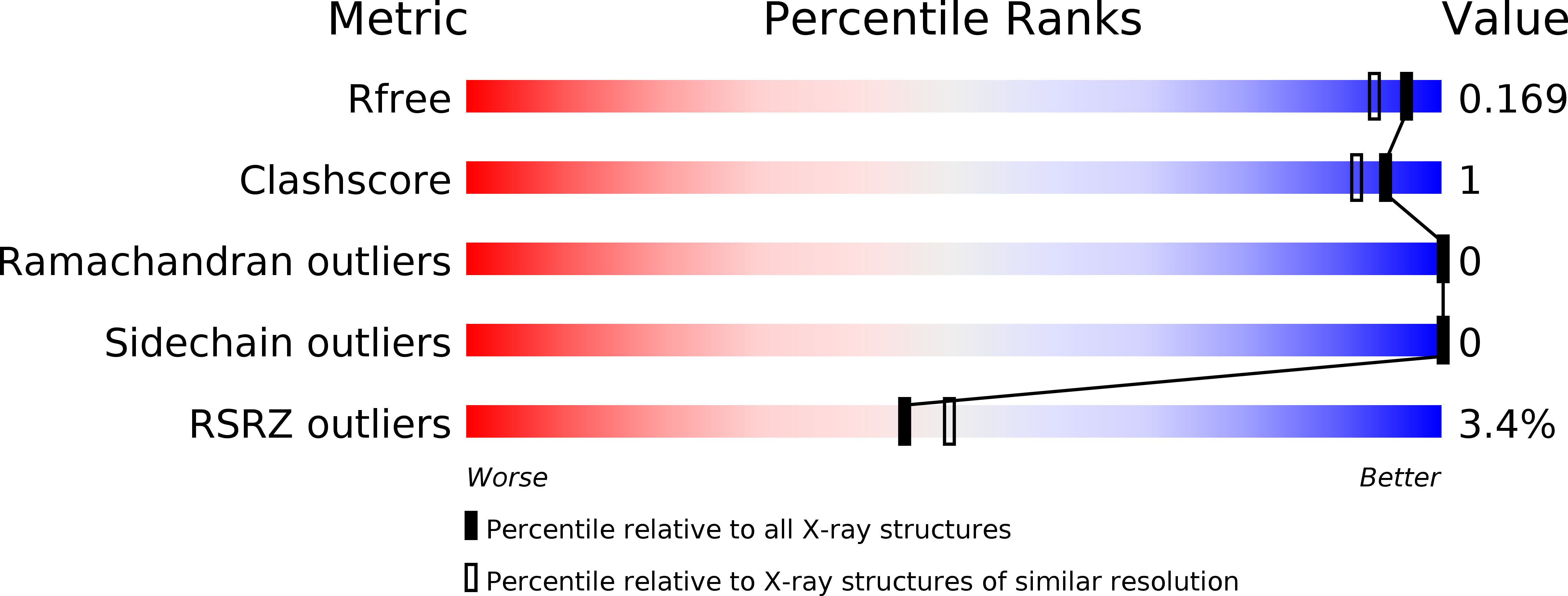
Deposition Date
2005-02-06
Release Date
2005-05-17
Last Version Date
2024-10-30
Entry Detail
PDB ID:
1YS2
Keywords:
Title:
Burkholderia cepacia lipase complexed with hexylphosphonic acid (S) 2-methyl-3-phenylpropyl ester
Biological Source:
Source Organism:
Burkholderia cepacia (Taxon ID: 292)
Method Details:
Experimental Method:
Resolution:
1.50 Å
R-Value Free:
0.16
R-Value Work:
0.15
R-Value Observed:
0.15
Space Group:
C 1 2 1


